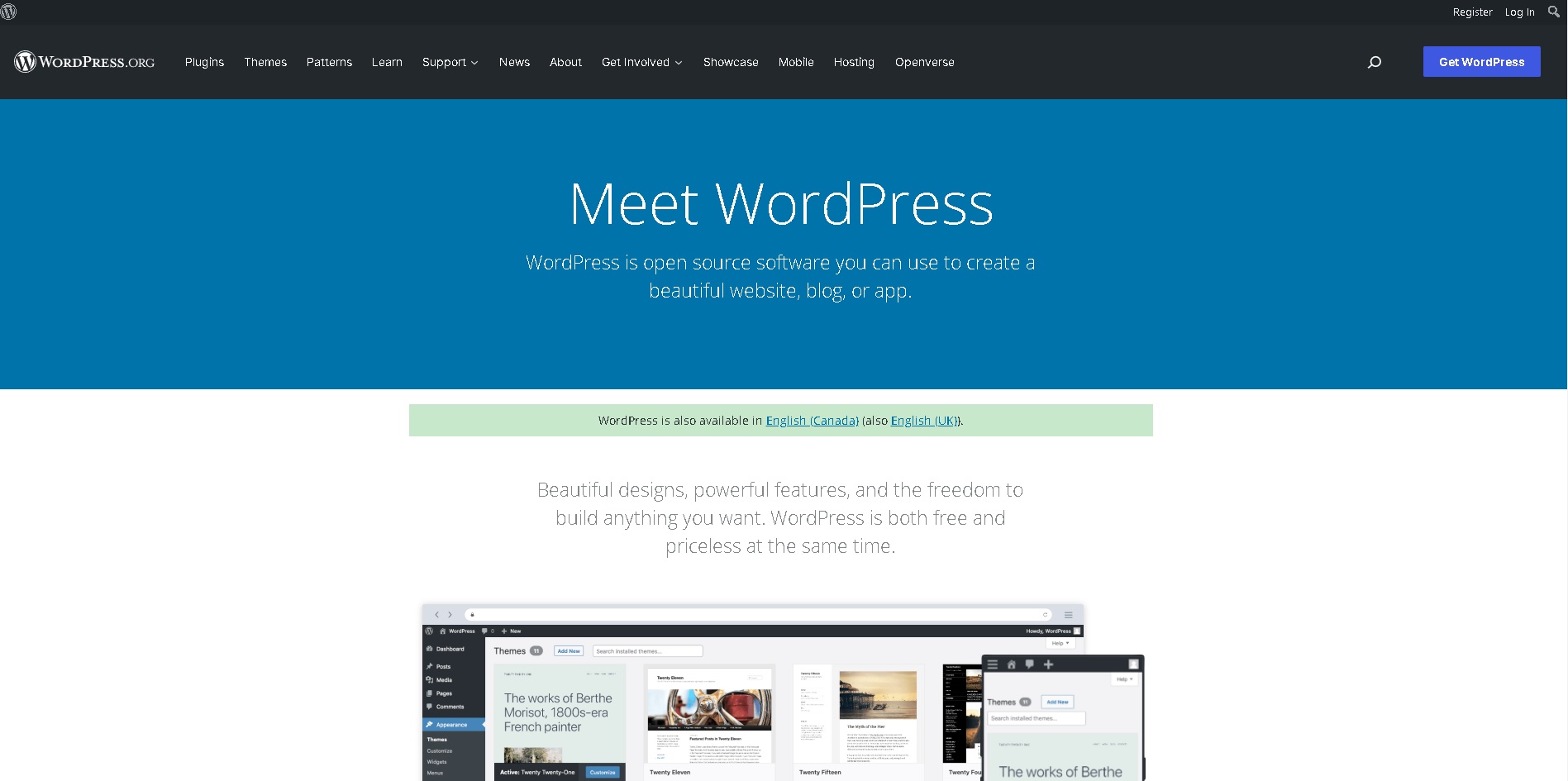Is the Broadcast Business Model Broken?
Recently executives from CTV GlobeMedia and Canwest appeared before the CRTC (Canadian Radio and Telecommunications Commission) to appeal for revenues from cable and satellite operators across Canada or more accurately, their subscribers, like you and me), in order to make their organizations more viable, citing the “Broadcast Business Model is broken”.
In mid-April, CTVglobemedia president and CEO Ivan Fecan and Canwest president and CEO Leonard Asper appeared before the CRTC requesting approval of new revenue sources for their networks and organizations. They argued that Fee-for-carriage is necessary just to maintain the current levels of local programming and Canadian content they offer.
See http://www.cbc.ca/news/story/2008/04/17/crtc-privbroads.html
CTV and Canwest both argued that, if approved, carriage fees would help bolster local news and information programming across the country (or more accurately, reduce the magnitude of the planned cuts).
Is the Business Model Really Broken?
Currently all media organizations are shedding costs and overheads. Both Canwest and CTV GLobemedia are highly leveraged, accumulated massive amounts of debt to acquire companies and competitors as part of their corporate expansion. Highly leveraged corporate entities have significant—and unchangeable—payments of interest and principal, forcing even deeper cuts than otherwise necessary in the current recession..
The business model of broadcasters offering content to the public and getting their income from advertisers is not fundamentally broken. It is certainly challenged by poor economic times, by lousy content offerings, and by new competitors in the online space.
It is the business model of highly leveraged acquisition that is flawed. In the USA, the newspapers that have already closed down were put in that position because extreme leverage that made them a good risk in a flourishing economy made them a bad investment once their shrinking cashflows shrunk below the debt service costs. Canadian taxpayers and consumers, who did not see any benefit from the leverage nor share in the profits of these business tycoons, should not be expected to bail out these companies.
The better answer is let the companies go through bankruptcy and shed the debt while maintaining operations at the local level. Canada might be better off with less corporate concentration in the media sector. Consumer would get more choice of programming, and advertisers have m ore competition for their ad dollars.
Is anyone Really Too Big To Fail?
In the United States, government regulators are quickly learning that “too big to fail” (a reference to several major players in the financial sector), often means the companies are too large to manage effectively. The corporate concentration that was good for the shareholders of the entities still standing and their investment bankers, as it turns out, was bad for everyone else.
Maybe its time that government regulators that let the se acquisitions continue unabated and unregulated, stand back and let those vaunted “Market Forces” operate. They stood back during a period of unwise corporate concentration. Now they should stand back and allow the executives, managers, shareholders and investment bankers of those companies get a dose of their own medicine.



